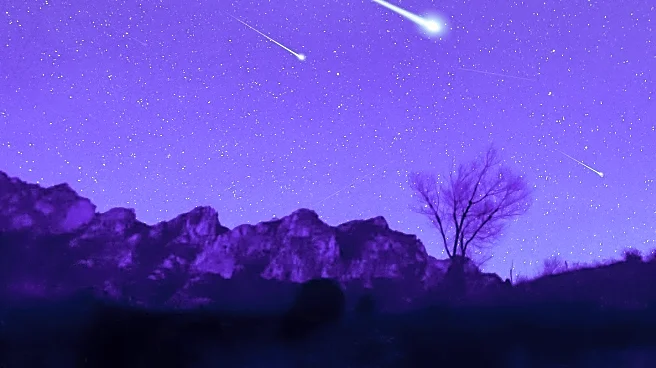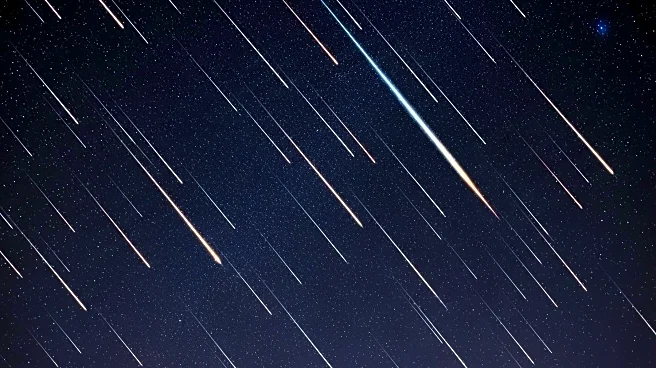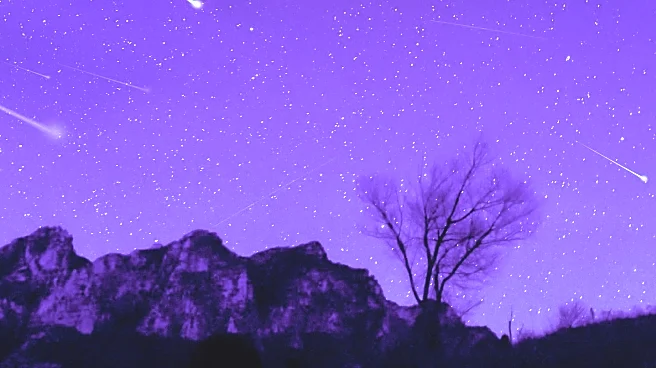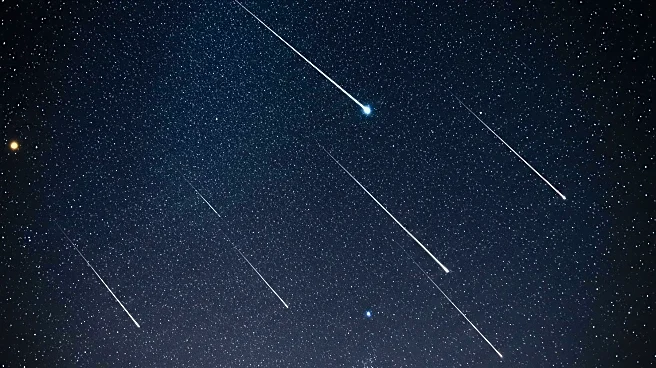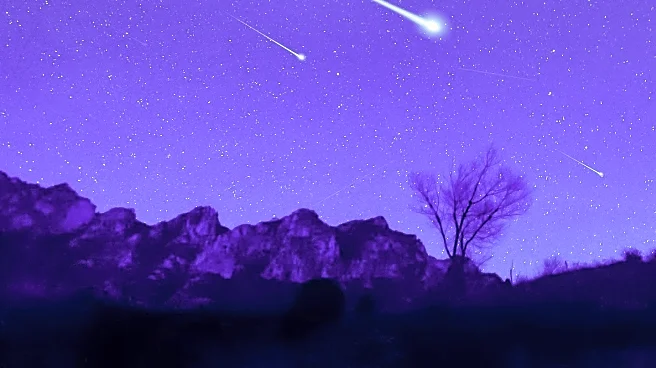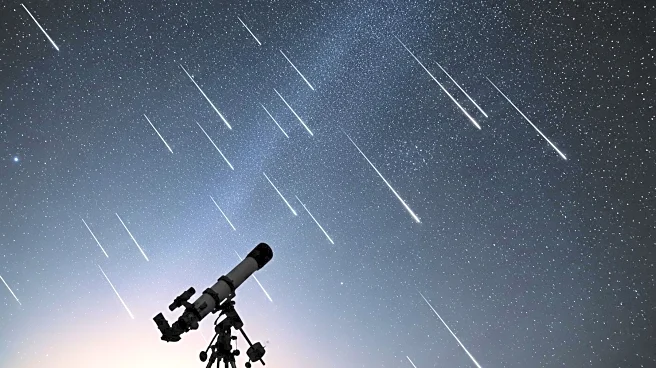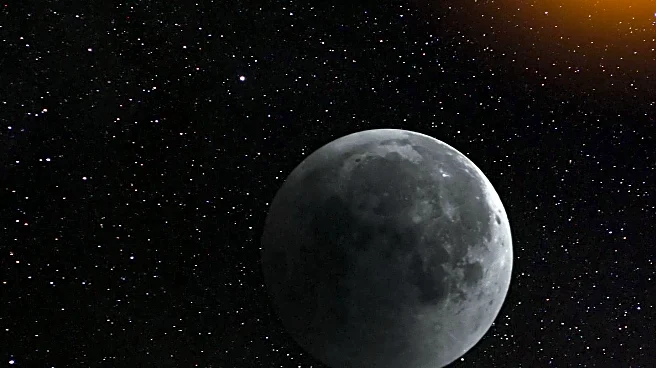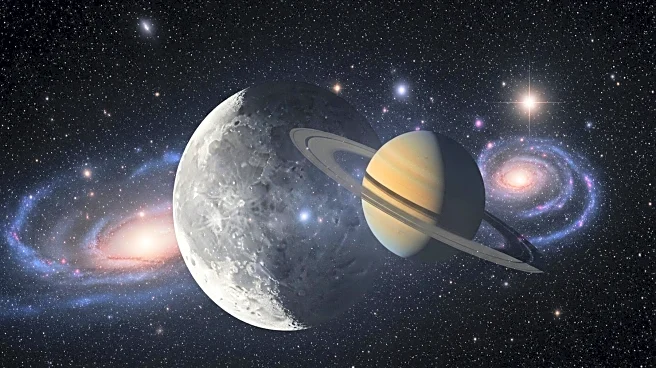What is the story about?
What's Happening?
Michigan is set to experience four meteor showers in the coming weeks: the Draconids, Orionids, and North and South Taurids. The Draconids will peak around October 8, but visibility may be affected by the full moon. The Orionids, known for their brightness and speed, will peak on October 21. The North and South Taurids, active from October to November, are expected to produce bright fireballs. The best viewing locations are rural areas away from city lights to minimize light pollution.
Why It's Important?
Meteor showers offer a natural spectacle that can enhance public interest in astronomy and the night sky. The Orionids, in particular, are considered one of the best meteor showers due to their brightness and speed, providing an opportunity for educational outreach and community engagement. The visibility of these showers can promote tourism to dark sky parks and rural areas, benefiting local economies and encouraging conservation of natural night environments.
What's Next?
Skywatchers are advised to plan their viewing around the peak dates of each meteor shower, with the Orionids offering the best conditions due to the absence of moonlight. The North and South Taurids will continue to be active through November, providing multiple opportunities for observation. Efforts to lift state bans on dark sky preserves in Michigan may enhance future viewing experiences and promote environmental conservation.
Beyond the Headlines
The interest in meteor showers reflects a broader cultural appreciation for natural phenomena and the importance of preserving dark skies. The overlap of meteor showers with bright moon phases highlights the challenges of astronomical observation and the need for strategic planning to maximize viewing opportunities. The promotion of dark sky parks aligns with environmental and educational goals, fostering a connection between communities and the natural world.
AI Generated Content
Do you find this article useful?
